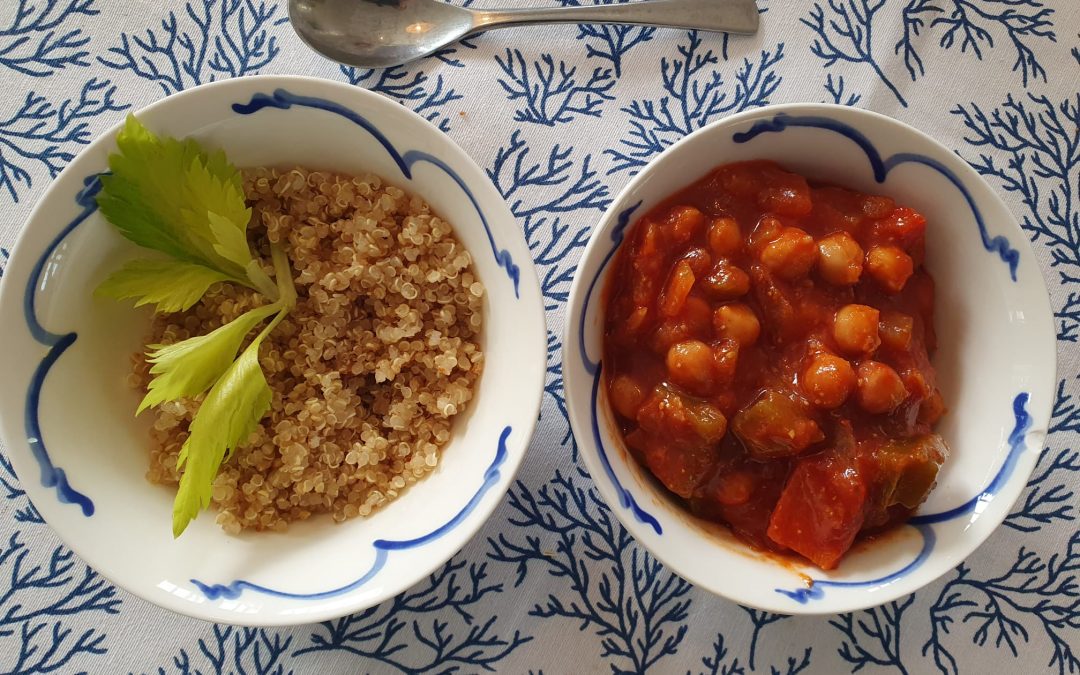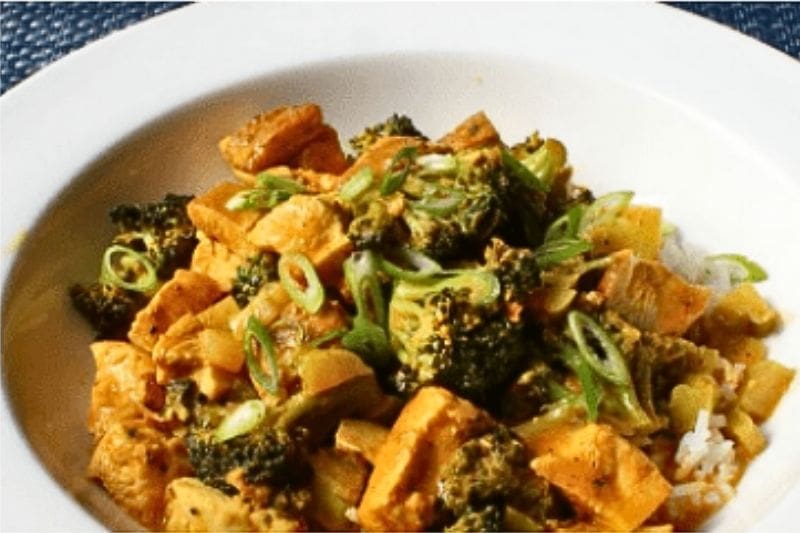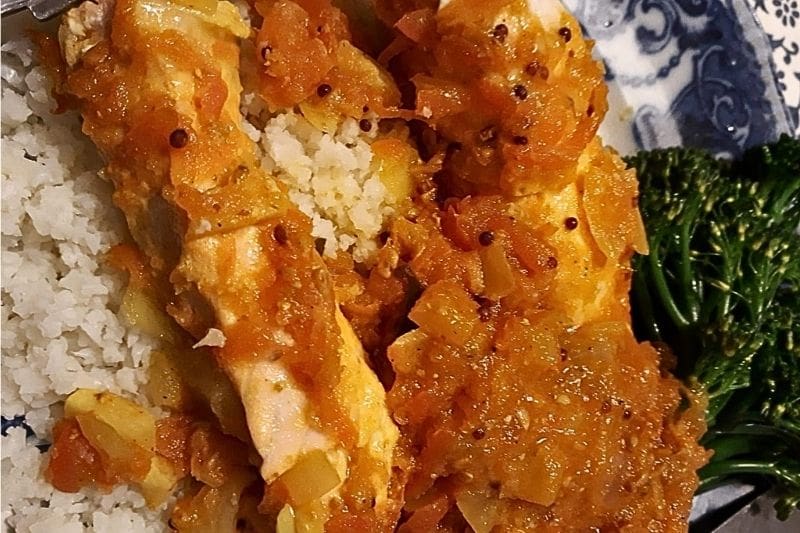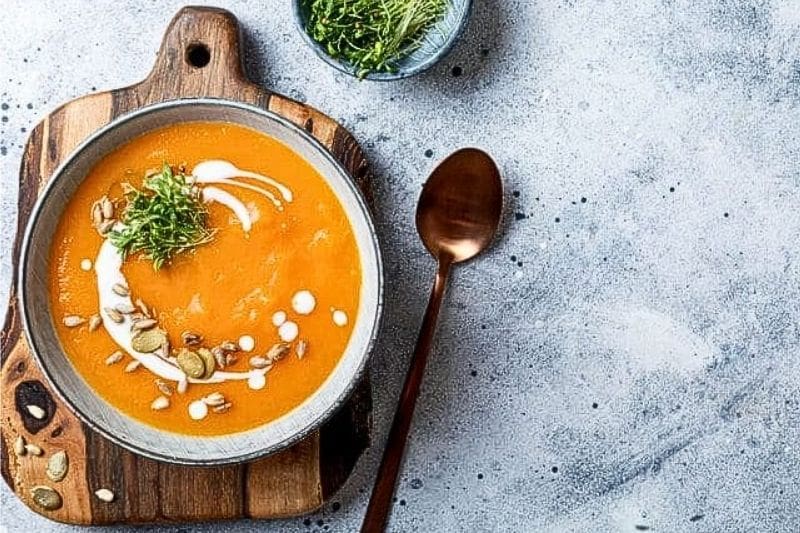
Spiced chickpeas
My mother used to cook this in the 1980s, long before vegan eating was a thing. I still love it and it’s so warming on a dark winters evening. It also works well with red kidney beans, white haricot beans or butter beans. I like to have this with quinoa for an extra protein kick but brown rice would also be OK.
For 4 (or 2 with freezer leftovers)
2 x 400g cans chickpeas (or 400g dried, soaked overnight then boiled hard till tender, reserving the cooking water)
2 medium onions, peeled and chopped fine
2 large green peppers (or 4 small), de-seeded and chopped fine
1 tbs extra virgin olive oil
1/2 tsp chili powder (optional)
Heaped teaspoon ground coriander
Heaped teaspoon ground cumin
Heaped teaspoon freshly grated ginger
4 tbs tomato puree
275ml boiling water or leftover veg-steaming water
lemon juice to taste
Sea salt/Himalayan salt and freshly ground black pepper
To serve:
Cooked quinoa (allow 1/4 cup of raw grains per person) or brown rice
Extra virgin olive oil
1. Heat a large heavy bottomed saucepan on a gentle heat, add oil, onions, green peppers, spices and 1 tbs of water. Cover with a lid and gently “steam-fry” until onions are translucent and softened but not brown. If everything begins to dry out, add another tbs of water.
2. While that’s happening, boil the kettle to cook your quinoa and put this on. If you’re not familiar with cooking quinoa, instructions are at https://annacollins.ie/how-to-cook-quinoa/
3. Dissolve the tomato puree in 275ml of reserved chickpea cooking water or boiling water. Add this, the chickpeas and some freshly ground black pepper to the vegetables and mix everything together.
4.Cook 10 minutes, add a little lemon juice, more black pepper and salt to taste.
5. Serve with the quinoa/brown rice and a drizzle of extra virgin olive oil
Why this is good for you:
There are a ton of reasons but I’ll just give you a few of them here.
Green vegetables are rich in magnesium, Nature’s tranquilizer and essential nutrient for detoxification, regular bowel, healthy blood sugar, and beautiful skin.
Chickpeas and onions are rich in prebiotic fibre to feed the healthy bacteria you need for every aspect of health – including healthy immunity, great gut health and a calm mind.
Herbs, spices and extra virgin olive oil are rich in polyphenols – plant antioxidants that are also super-intelligent “antibiotics”. Supporting friendly bacteria and lowering “bad” bugs that cause chronic ill-health.
Tomato puree is a powerful source of lycopene – this polyphenol (natural plant chemical) reduces inflammation, supports skin health, eyesight and keeps you youthful longer. Lycopene is more bio-available (usable by your body) when tomatoes are pureed/processed than when they are raw!
Protein rich – 1 cup cooked chickpeas gives you approximately 14.5-15g protein and 1 cup cooked quinoa 8g. That’s around 23g of protein. Most people, women especially, don’t eat enough protein. And that makes us more susceptable to stress, inflammation, infections and hormone imbalances (e.g. hypothyroid, PMS, problematic menopause…).
Raw extra virgin olive oil is a powerhouse of vitamin E which helps vitamin C to work for your immunity, your energy production and your infection control.









